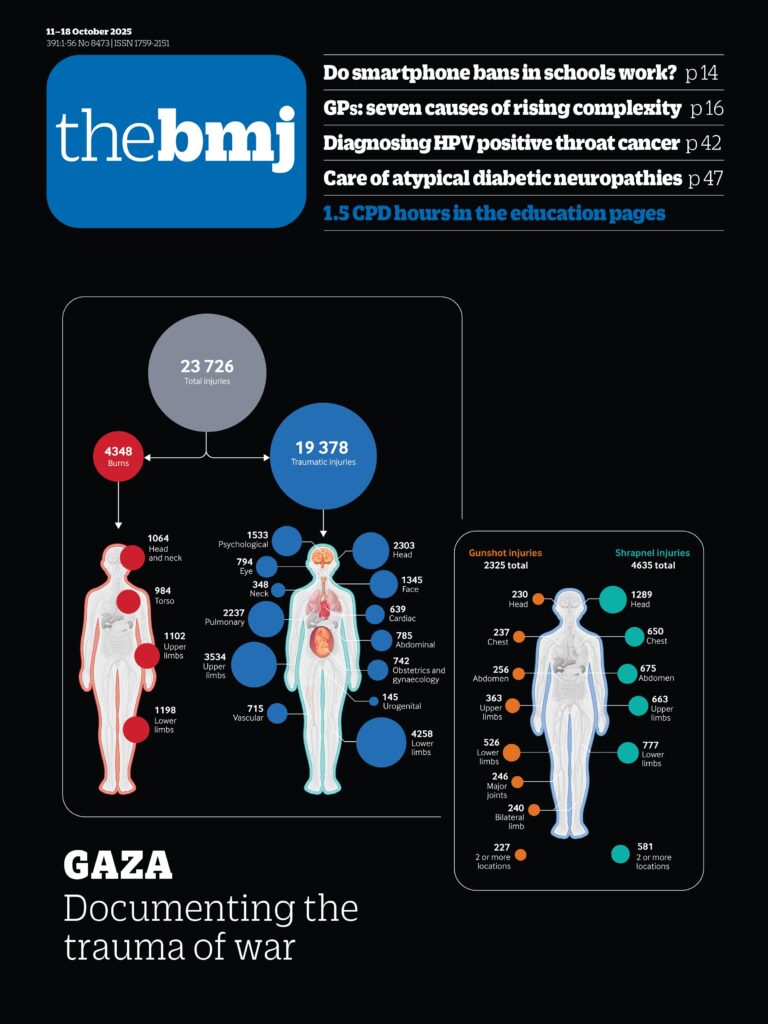When patients unburden themselves to me in my consulting room, they do so in the knowledge that what they say is confidential. They tell me many things they wouldn’t want others to know: issues that may be psychological or social—past traumas, current relationship struggles, alcohol use—or physical problems such as erectile dysfunction, incontinence, or recurrent infections. I add this information to their notes (enough to jog my memory, at least) because I need to pick up on it when we consult again. But that doesn’t mean that the patient wants everyone they consult with, in all medical settings, to have access to what they just told me.
One ambition of the current government is to create a single patient record so that important information is available to everyone who sees that patient, and the patient won’t need to repeat their history each time they see a different care provider.1 This seems a laudable aim—although we should remember that previous attempts have failed, spectacularly and expensively.2
Leaving aside technical questions about whether it will actually work this time, there are fundamental concerns about what information is shared and with whom. As far as I understand it, the plan is for health and social care workers in a wide range of settings to be able to both read the notes and write in them. But is this what patients want?
If a technician at a high street optician with an NHS contract asks a customer’s permission to view their medical record before performing a hearing test, does the patient realise that they could also see their psychiatric diagnoses and the aciclovir prescription for recurrent genital herpes? Some problems are currently excluded from the summary care record because they’re recognised as sensitive: these include fertility treatment, pregnancy terminations, and gender reassignment3—but any definition of “sensitive” information will be far wider than this.
GPs are responsible for keeping the details that our patients tell us confidential, but many would be hard pushed to explain what information is currently visible to others and in what circumstances. Before the covid pandemic a small subset of coded information on allergies, medicines, and patient identifiers (name, address, date of birth, and NHS number) was available to other NHS health providers when the patient was being treated. This has been expanded to include additional data gleaned from the GP record, including past and present diagnoses, immunisations, and end-of-life care information. Patients are automatically included in this data sharing unless they explicitly opt out. The single patient record as envisaged will contain even more information, including the free text of consultations.
As GPs, we need to understand the current structures so that we can join the conversation about how a single patient record could work safely for patients. It’s hard to work out how to square the circle and design a system that will permit all health and care staff to see the information they may need without compromising patient confidentiality.

